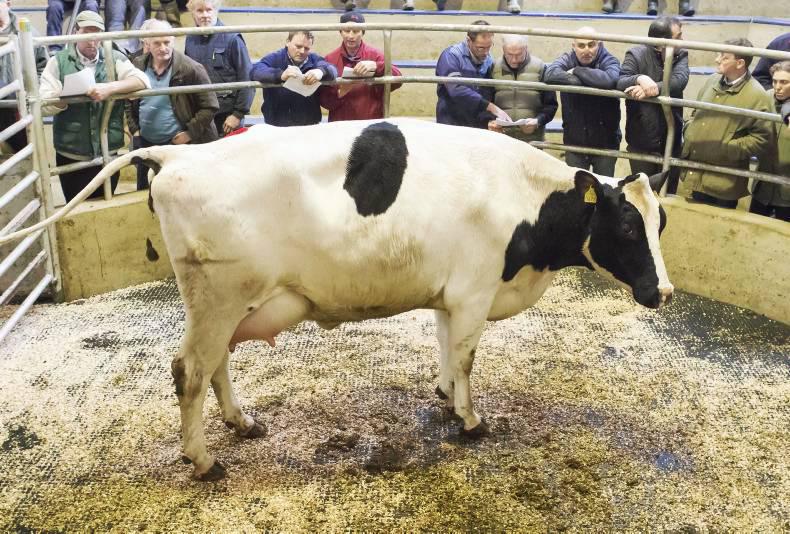Grazing plans: Very heavy rain over the last week has forced many to reassess grazing plans. Those on heavy soils have had to keep milking cows inside because ground conditions were too wet. Those on dry soils have been able to get a few hours grazing, but it has been difficult. The big question for some is how high grass covers is it possible to leave? Is a cover over 1,400kg safe until February? For most, a cover of 1,000kg to 1,200kg is the maximum they would like to hold for February grazing. Anything over this and you run the risk of very poor-quality and potentially difficult grazing next February. Having said that leaving one heavy paddock of grass won’t knock the plan over.
Weanlings: If wet weather persists, try to direct what grass is left at the lighter weanlings – breaking them into smaller groups will help reduce damage. Keeping young stock out for the next number of weeks will really shorten the winter for them and your demand for silage. Some farmers are allowing weanlings into a rough paddock or a paddock identified for reseeding at night to protect what grass is left.
Similar to milking cows, be careful with weanlings and condition score. All the weight gain you have achieved over the last number of weeks could be removed very quickly if heifers are stressed, have no grass and have constant rain on their backs. Lighter weanlings should continue to be supplemented during spells of wet weather. There is a strong case for lighter and heavier weanlings to get 1kg or 2kg of meal now unless grazing conditions are very good. Weigh them to see what weight they are.
Use baled silage while volume of silage required is small rather than opening the pit. However, another good idea is that many farmers will identify 100 round bales (a good rule of thumb is a bale per cow in the herd) of good-quality bales (effectively surplus May and June grass 2015) and hold them for freshly calved cows next February and March.
Farm cover: While you are only grazing a small proportion of your farm at the moment, it is still important to do a farm cover so that you don’t graze the cover down too low. I know many farmers in the northern half of the country who will let sheep across the farm during these weeks to clean off what grass is around.
The reality is grass eaten now will delay turnout by four to six weeks in the spring. Which would you prefer – have a handful of sheep roaming the farm in wet November or milking cows out grazing in February and March? The most profitable for you will be to get as much grazed grass into your milking cows as possible. If you don’t plan for it, you won’t have it.
Not that long ago, the thinking was that south of Cork city was the only place you could graze in February. Now it’s commonplace on farms from Cavan to Donegal.
